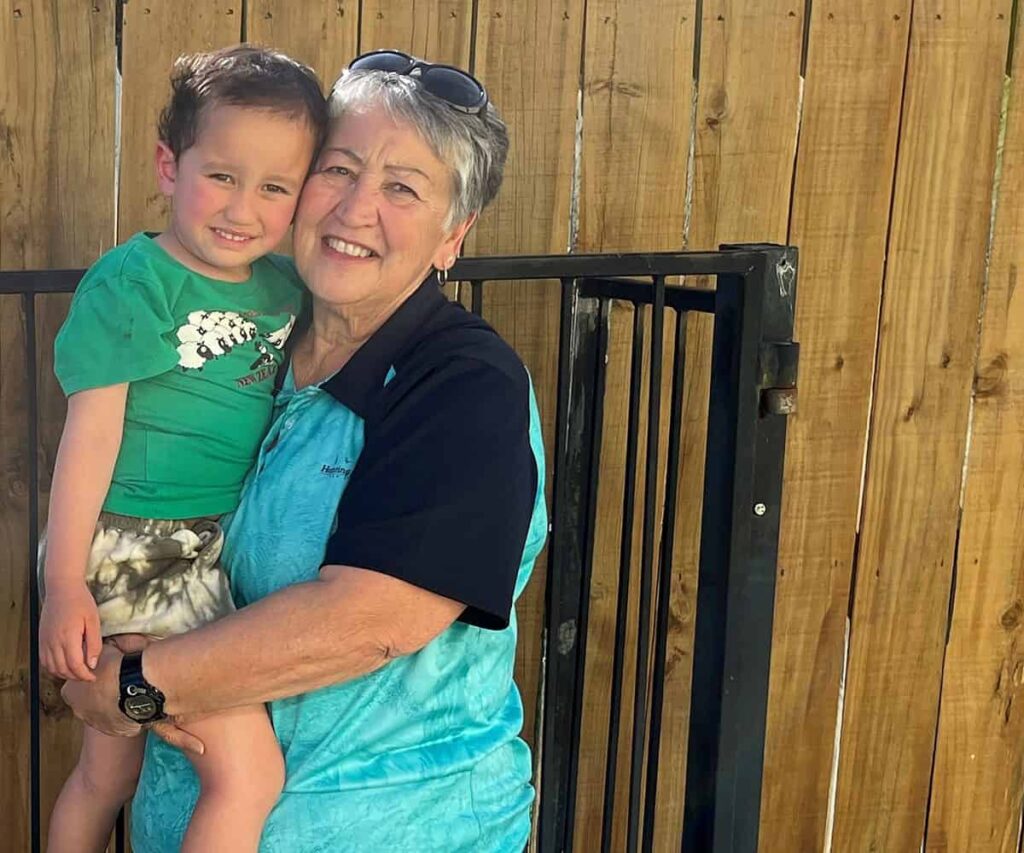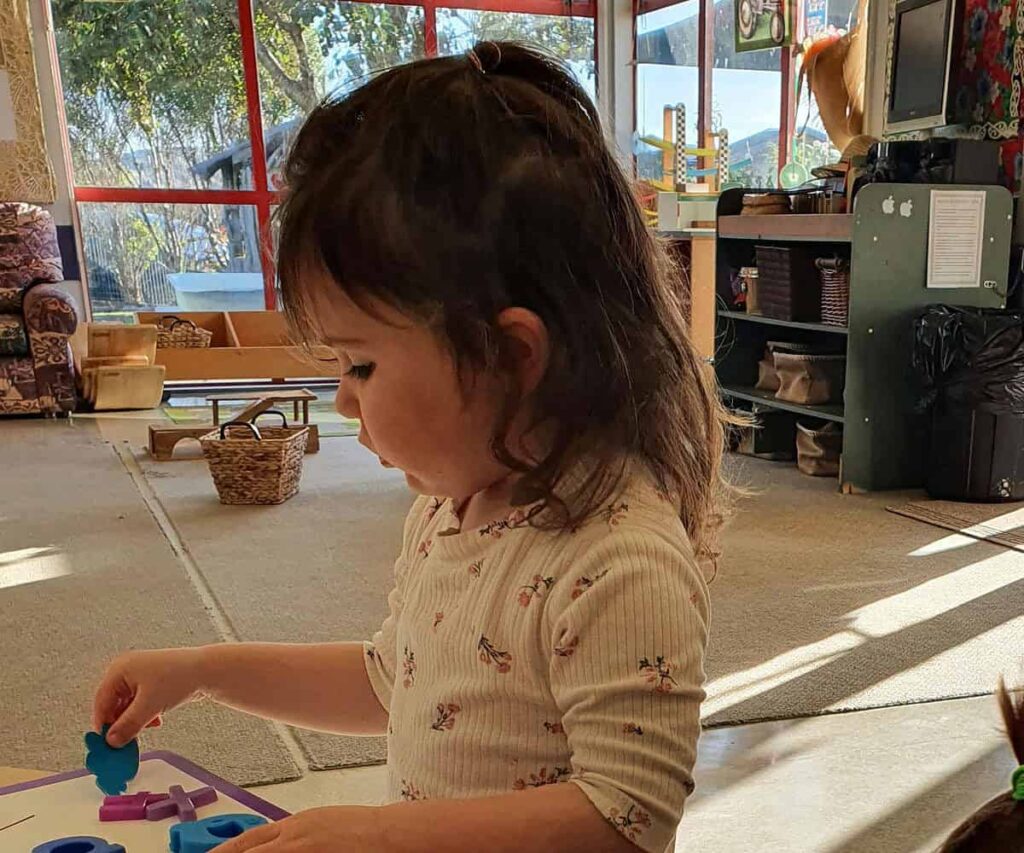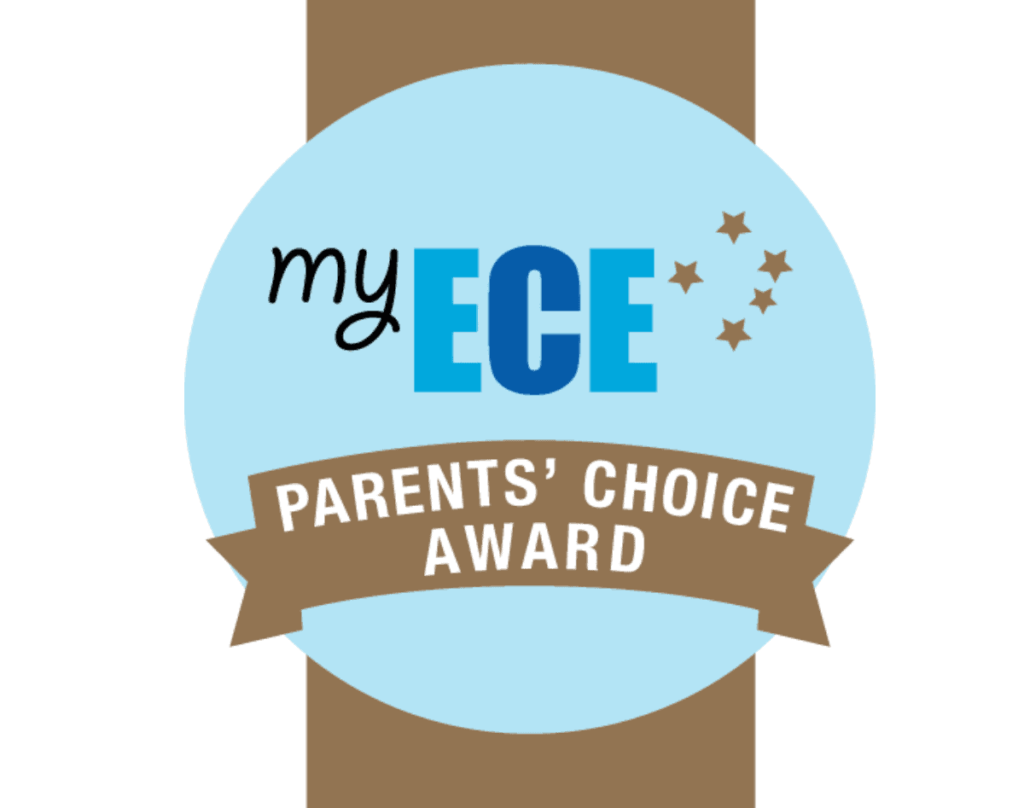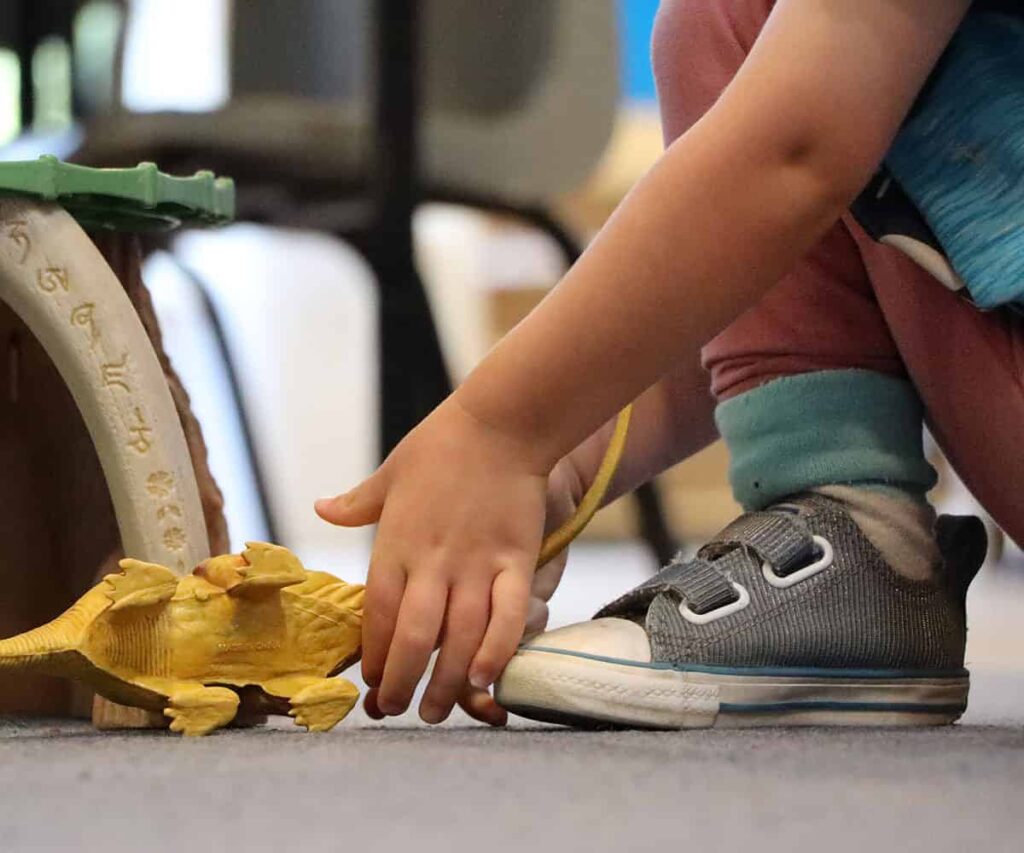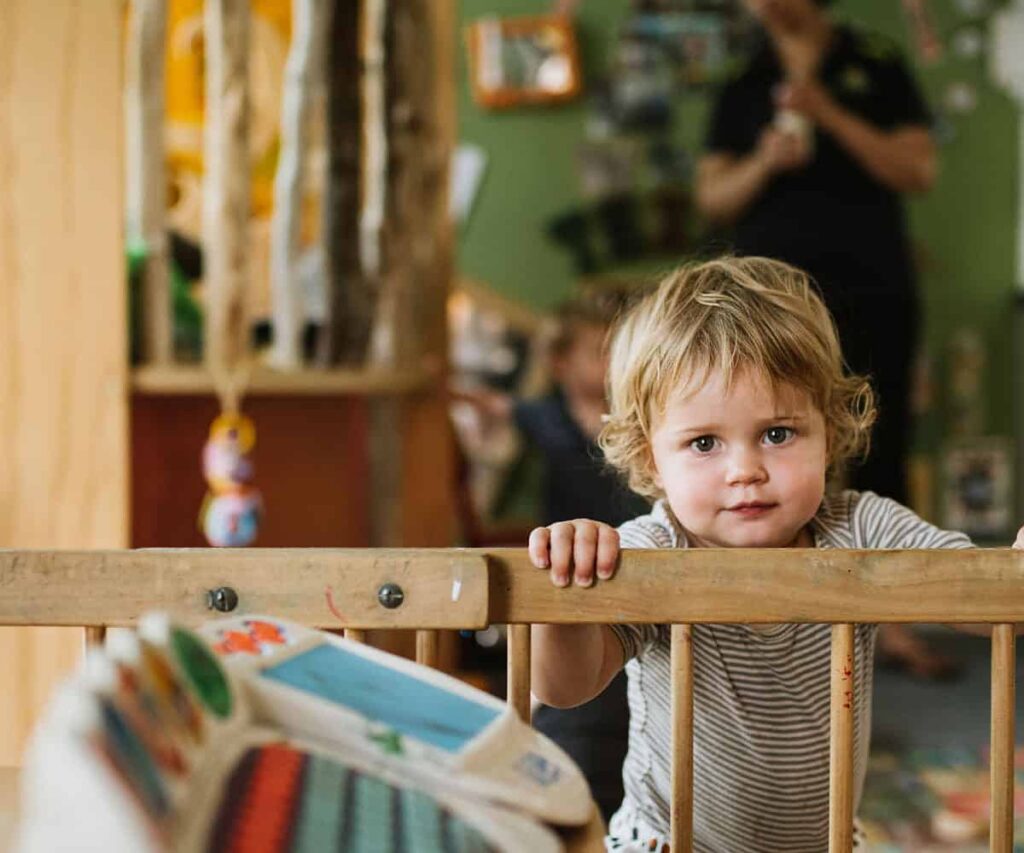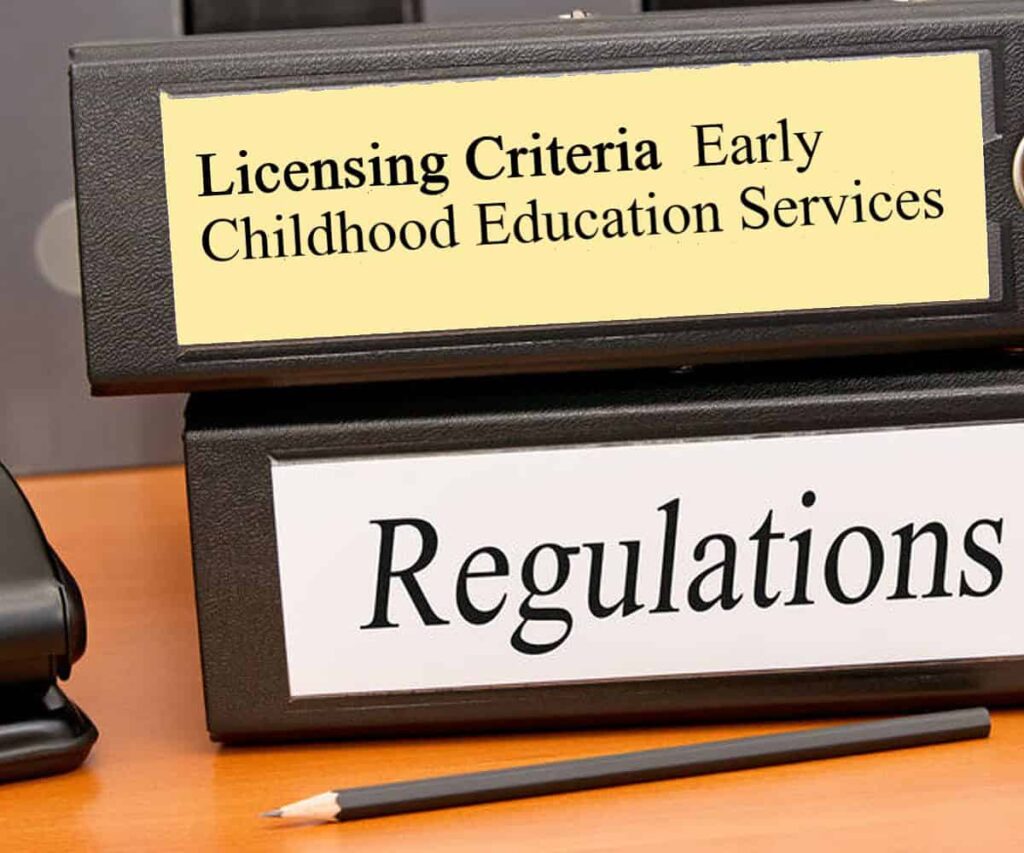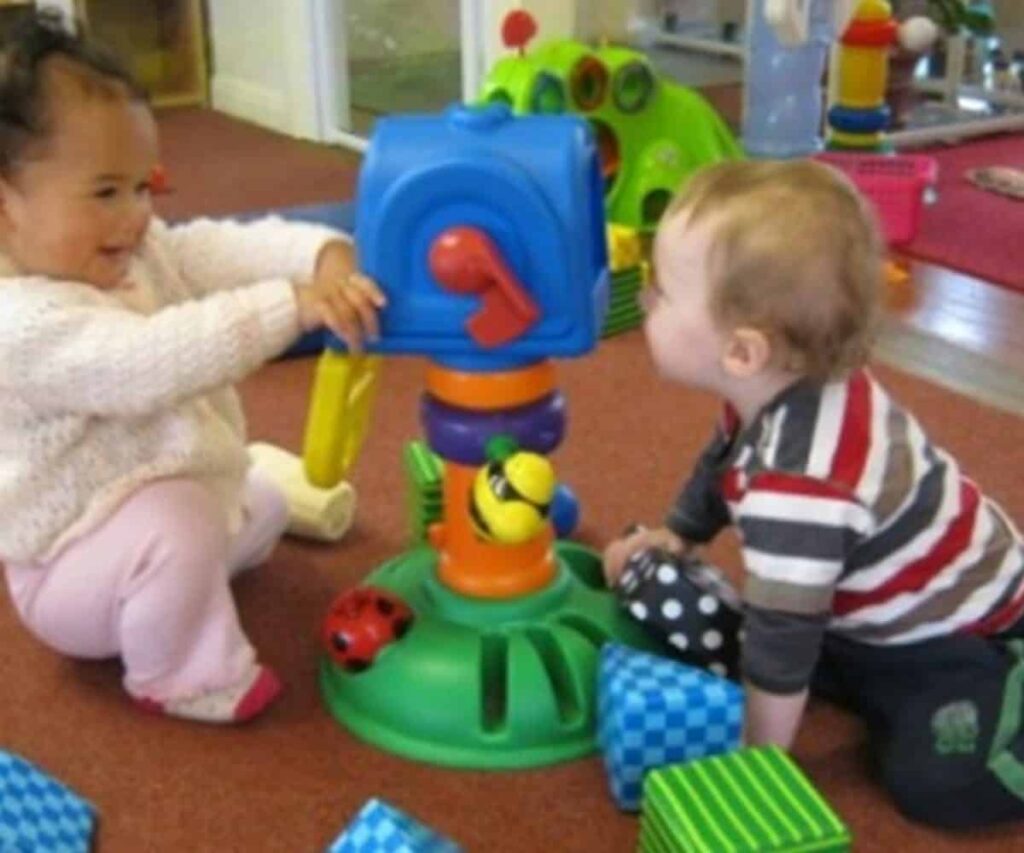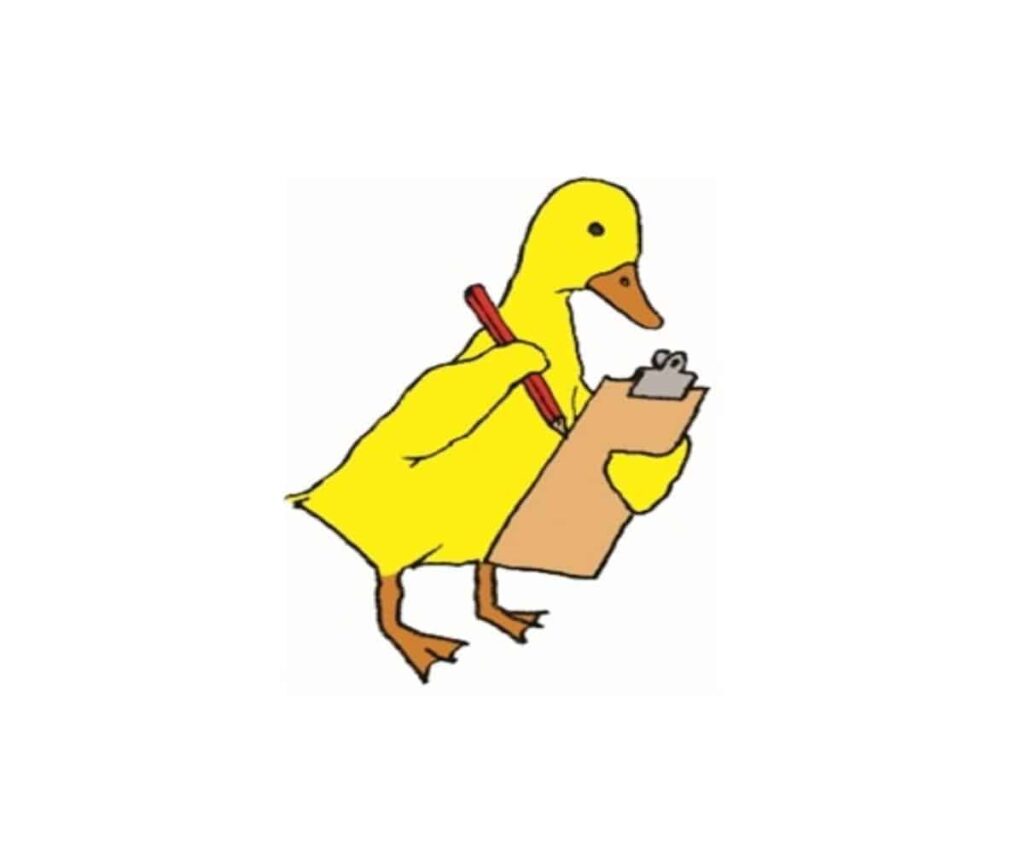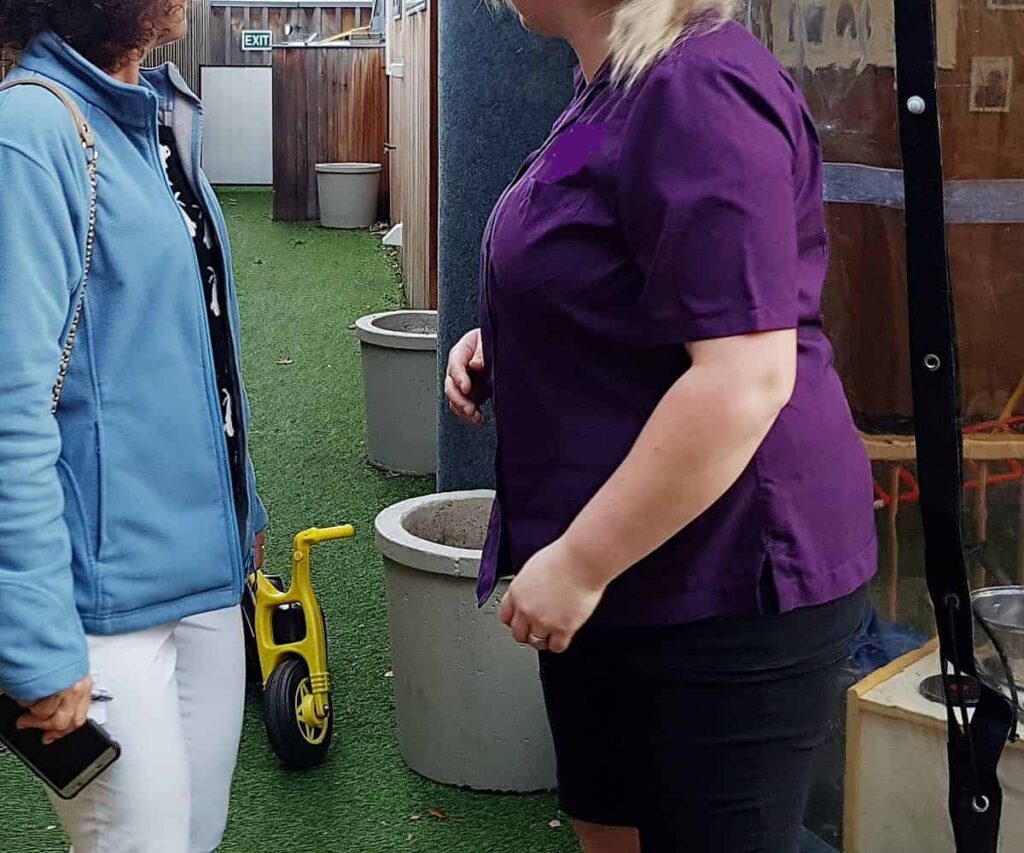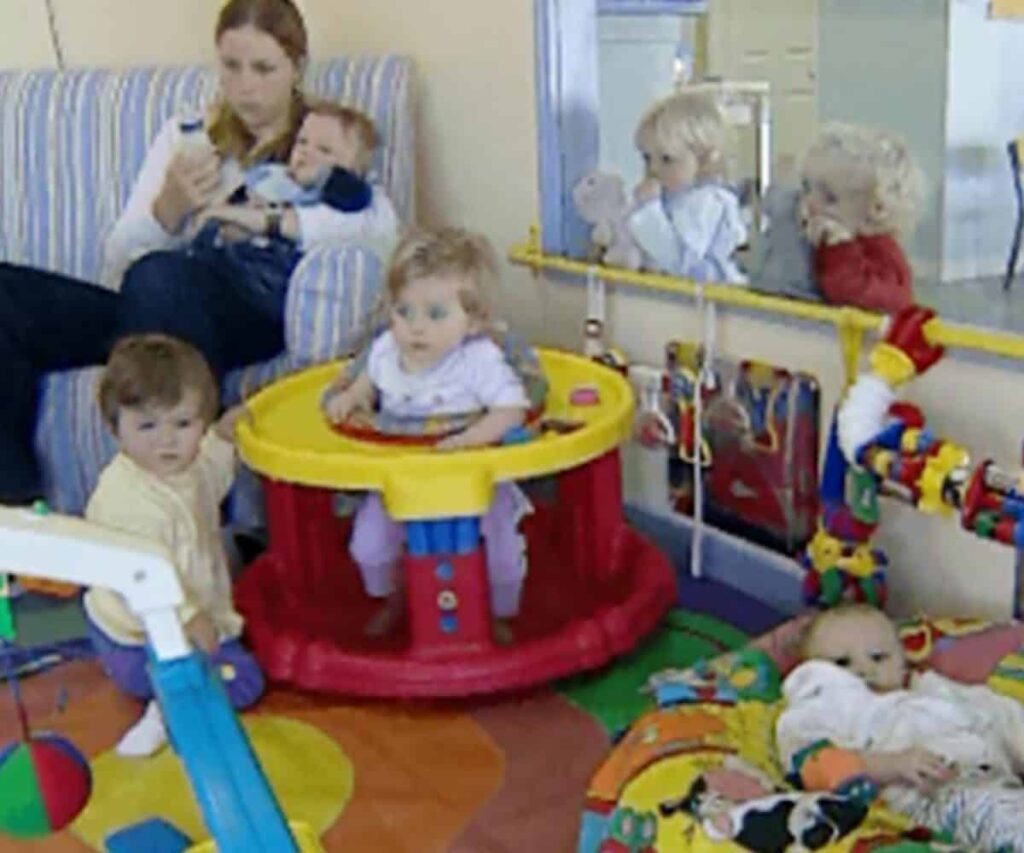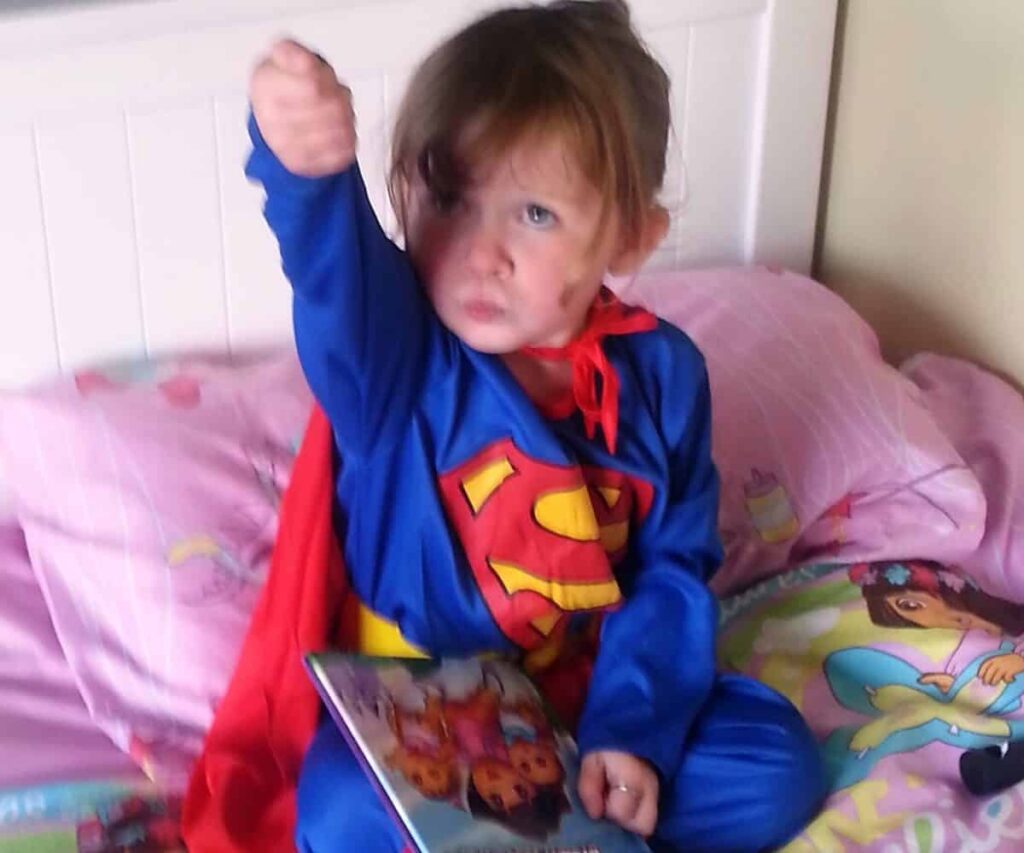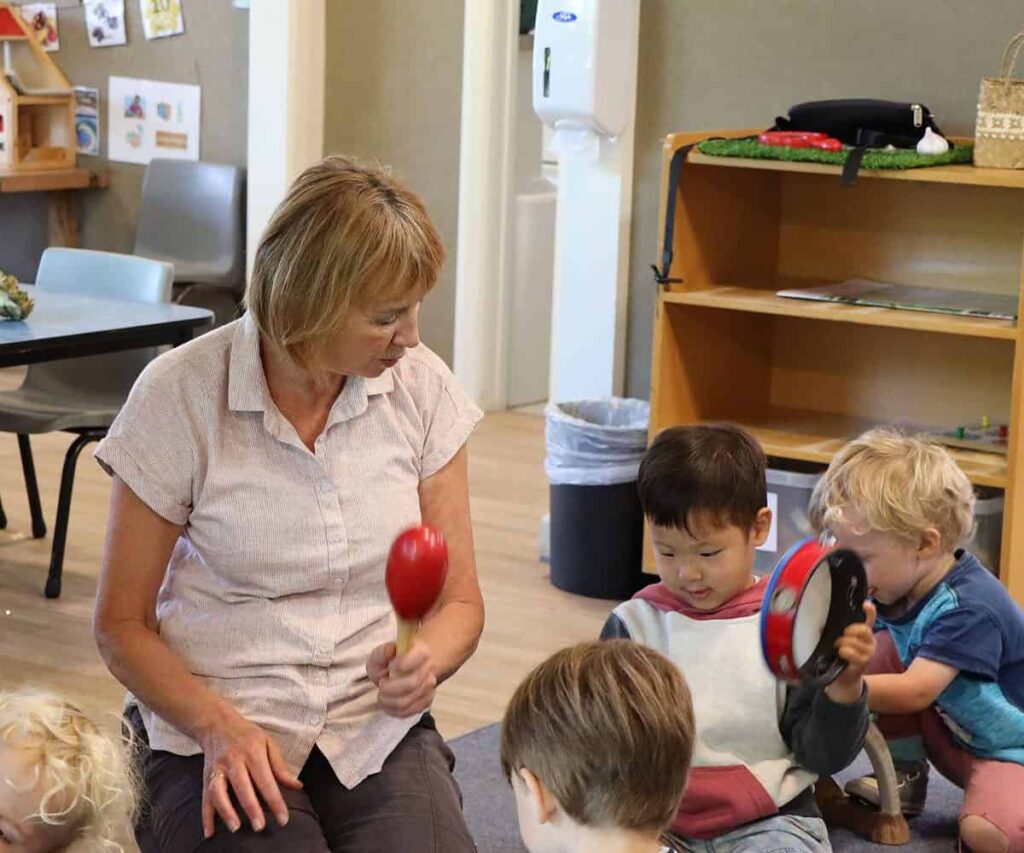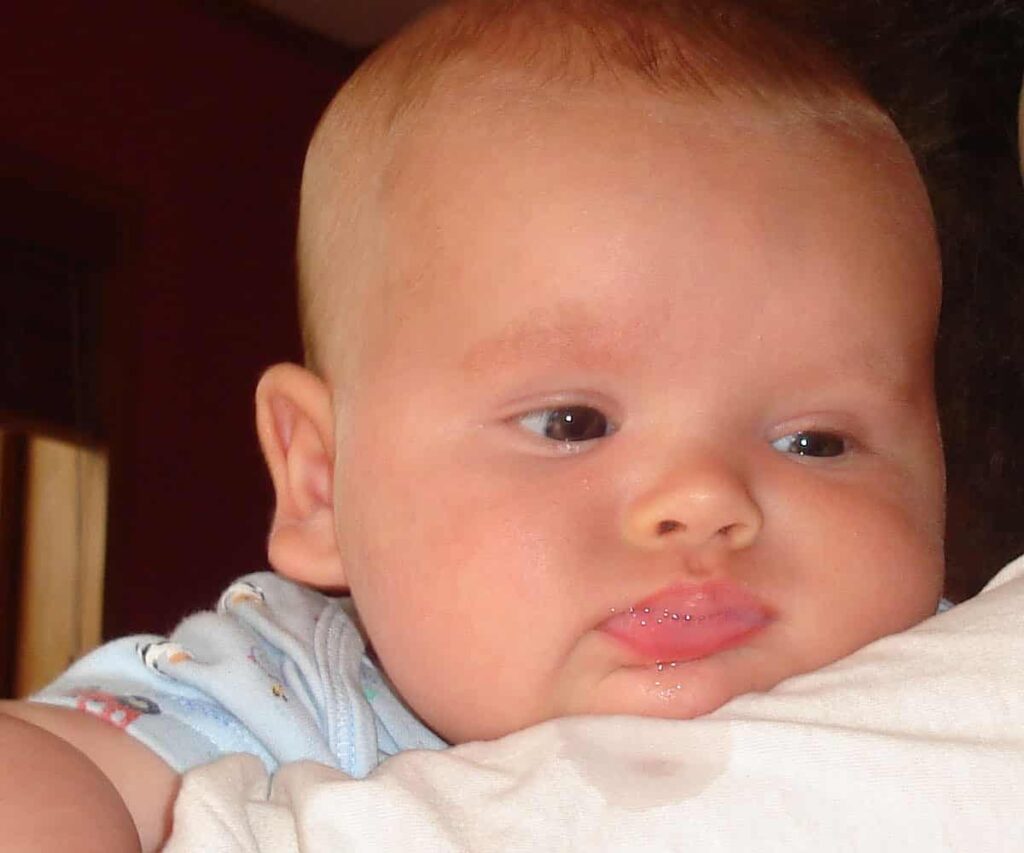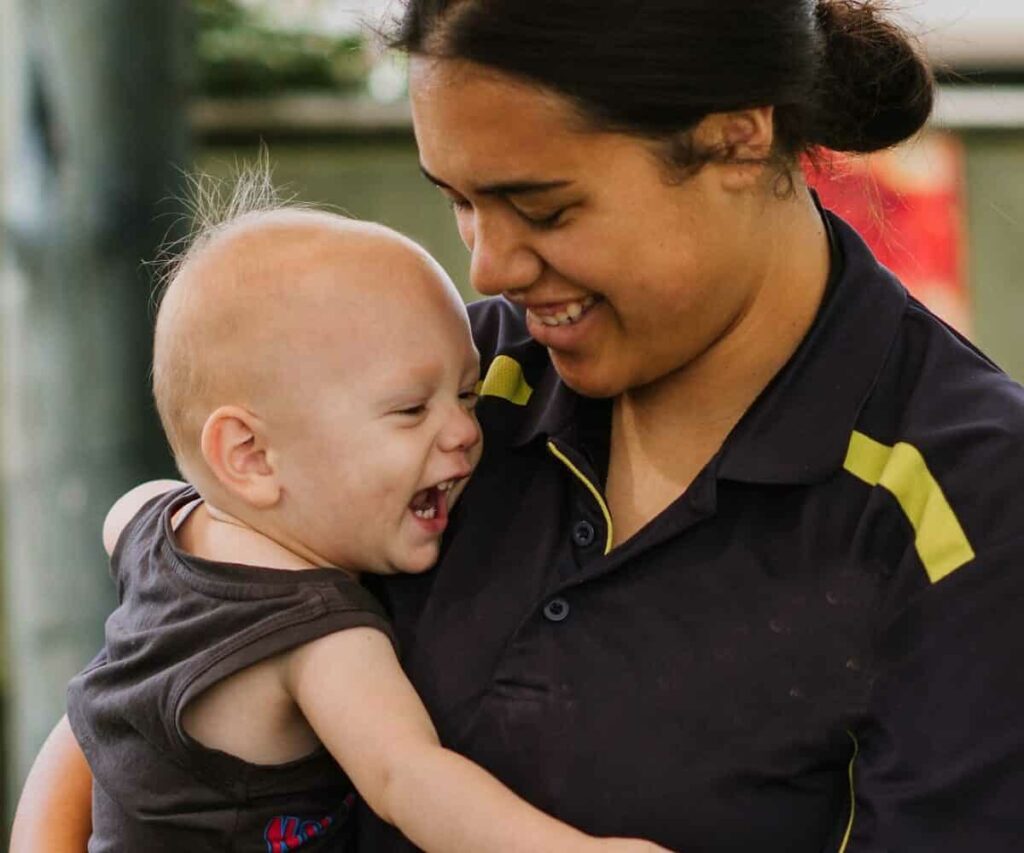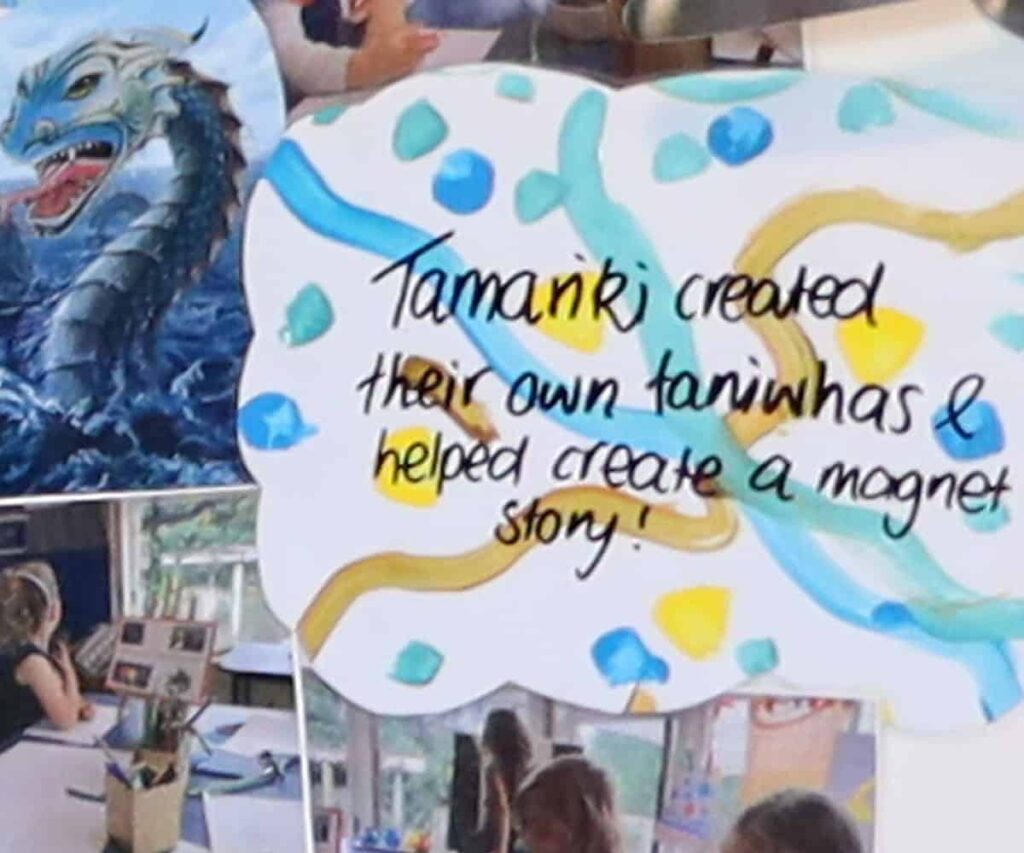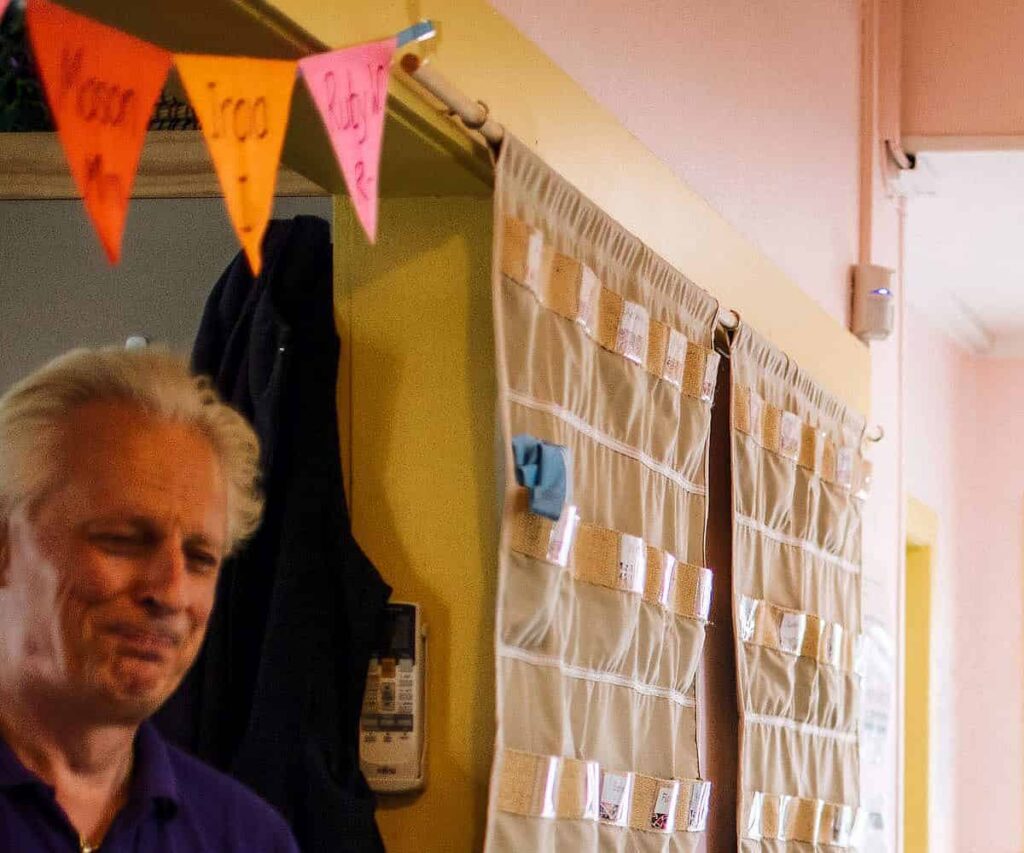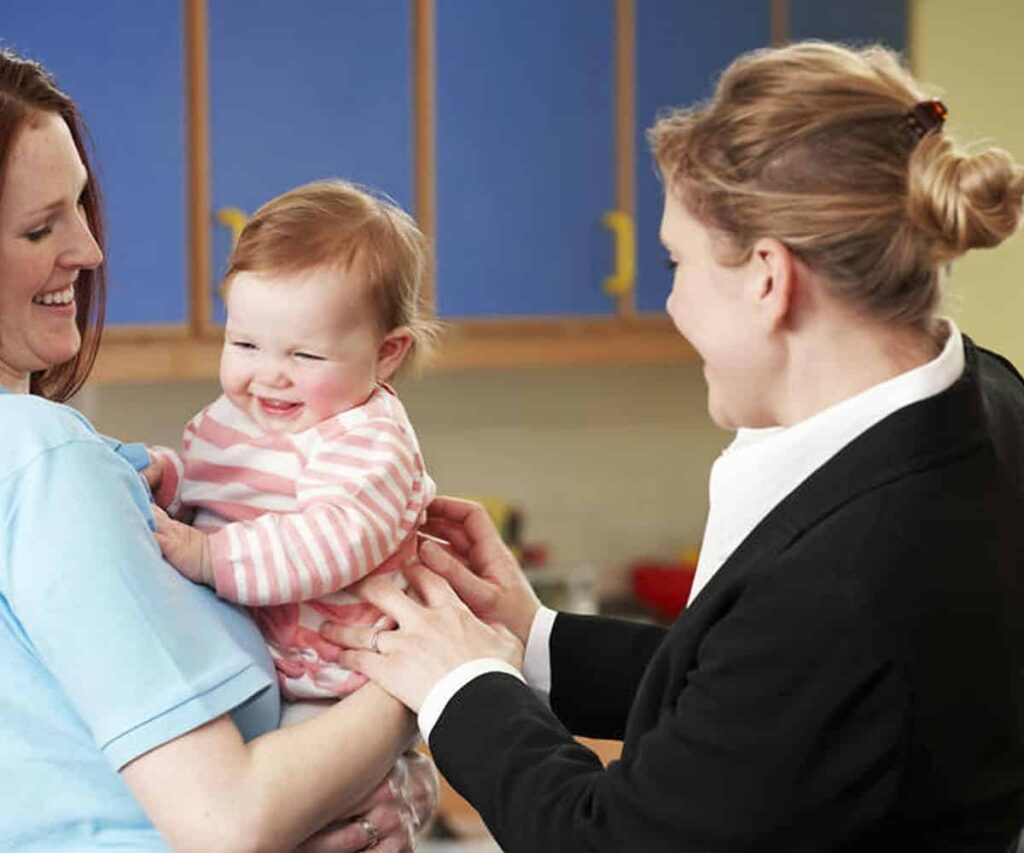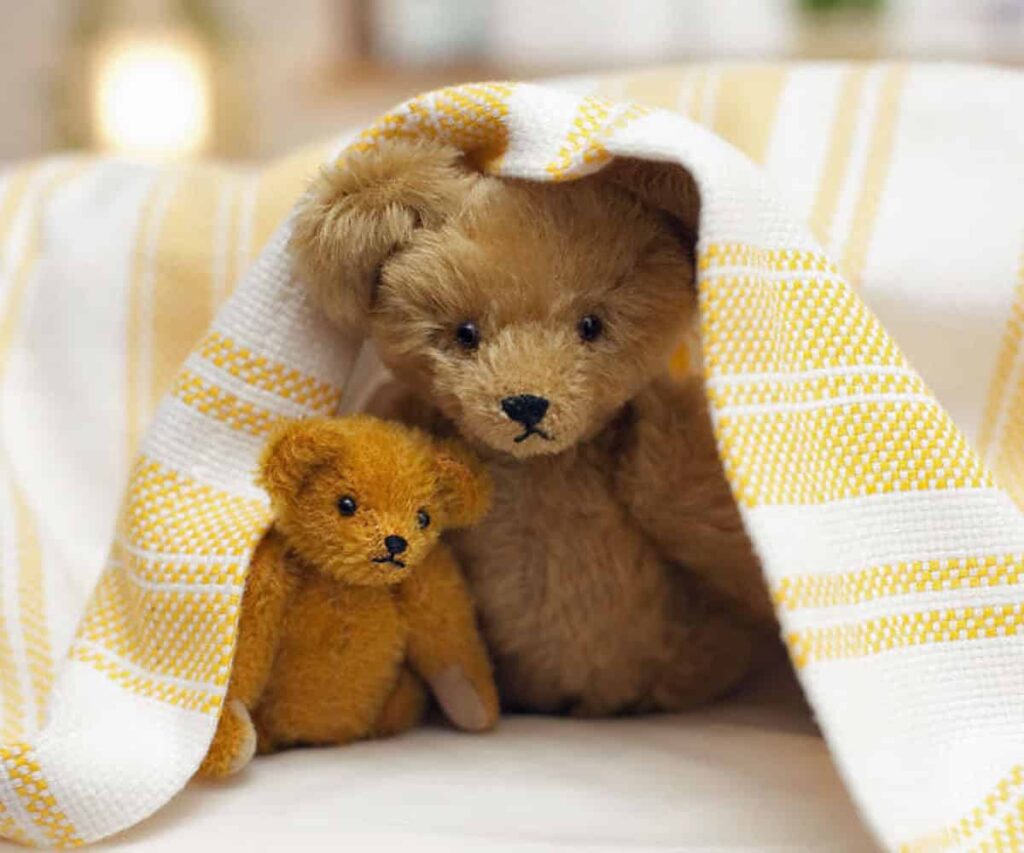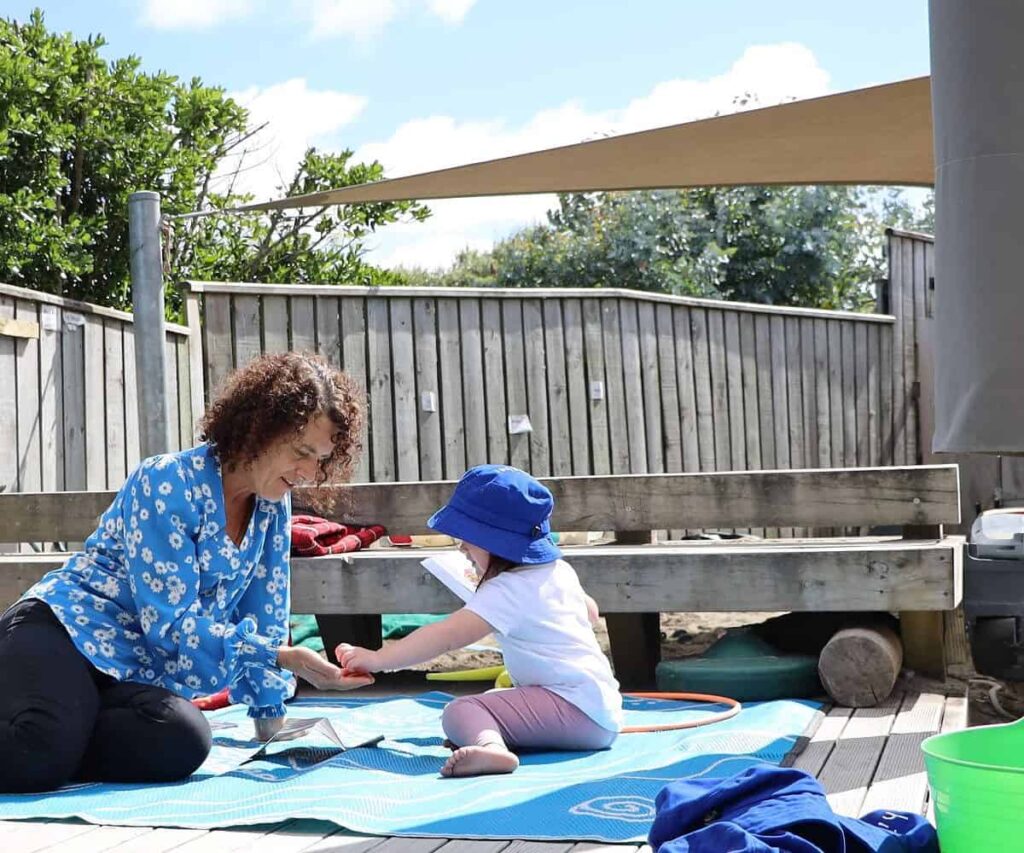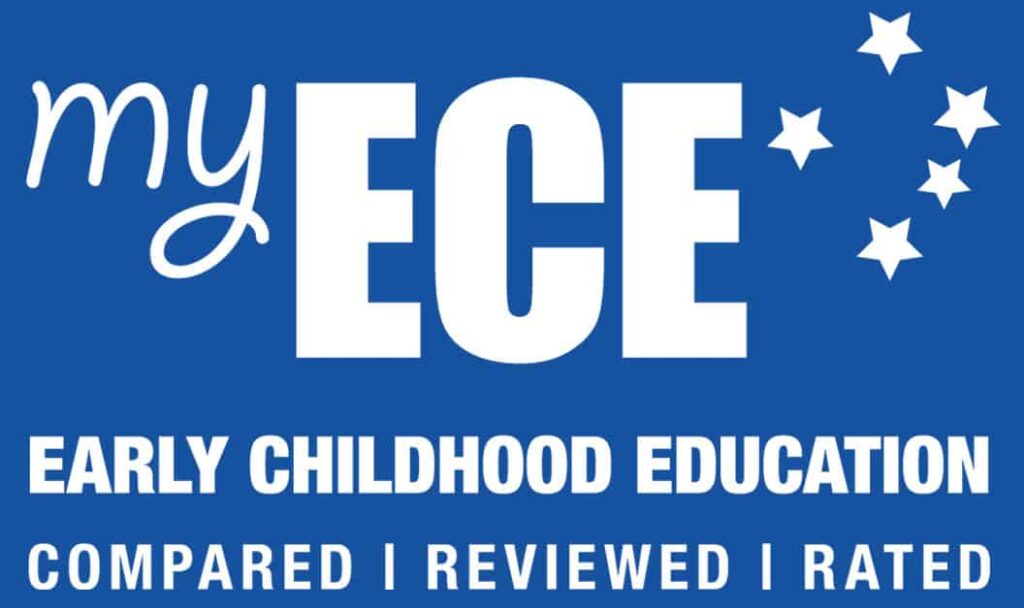Your child might be doing the biting or has been bitten by another child. This focus in this article is on purposeful biting arising from anger, frustration, or stress that can leave a mark or a wound on another child (or adult).
All babies go through an oral stage of development – they like to mouth objects, sometimes for pleasure, for comfort and as a way of exploring a new toy or object. This kind of biting and sucking, while often worrying for adults because infants need to be closely supervised for safety and health, is entirely appropriate and part of normal development. But biting intended to cause harm or get attention is not a natural phase within human development that all young children go through.
Often there are factors in the setting or in the interaction the child experiences that create frustration, stress, or an overwhelming feeling of powerlessness. We know that not every childcare or early childhood education situation suits every child – a different setting or environment may suit your child better.
A toddler bites not because the toddler is bad but because he or she might not have the words to express feelings – feelings that may include being treated by adults as being invisible, tired of having needs put second to those of other children, unhappy, stressed, neglected, and not in control of what is happening.
A child who has been bitten is likely to be emotionally affected and may feel fearful of facing the same child again and/or returning to the early childhood service. Respect the child’s feelings and talk about this with the child.
Five Things to Reduce the Incidence of Biting
1. Give the child a great deal of individual attention and time. Be present for the child. Show the child you are interested in them.
2. Give lots of affection.
3. Provide ample space for movement. Toddlers need a lot of space – even more than older children – for movement and physical play.
4. Make sure the daily schedule or timetable is relaxed and responsive to the child’s personal needs and wellbeing.
5. Provide plenty of each toy and equipment so toddlers are not put into the position of fighting and having disputes over toys and access to play equipment.
How to respond
Comfort the child that has been bitten. Let the biter see you comforting and attending to the bitten child.
Do not shout at or exclude the biter. Be calm and firm and explain (very simply for a toddler) that ‘biting hurts’, ‘teeth are sharp and hurt’, and ‘no more biting’. Involve the biter in comforting the bitten child as this may help the biter who is likely to be feeling upset and confused about hurting a playmate.
Work on giving the toddlers ways to express their wants – how to say ‘no’, ‘that’s mine’ and ‘stop’ to communicate without biting or hurting (e.g., by putting the palm of the hand in the air like a stop sign).
Redirect the toddlers into another activity and be present for the toddlers.
Let the parents or family of the toddlers know about the biting, how this was responded to, and what your plan is to minimise the risk of this happening again for each child. But take care not to reveal the name of the child who is biting to the family of the child that has been bitten as this could potentially lead to anger being expressed between families and may involve a breach of privacy.
If you are notified that your child has bitten someone
If you are notified that your child has bitten someone, talk about any concerns with your child’s teachers and ask questions if you wish too. You may like to ask the teacher:
- Why do you think this happened?
- Are you aware of any patterns of behaviour?
- What strategies have you all been trying?
- Is there anything I can do to support my child further?
- Are you undertaking a review? Will you let me know the results of any further reviews?
When an ECE Service fails to address biting
Read what to do if your child is bitten multiple times and the centre or ECE service isn’t addressing the problem.
